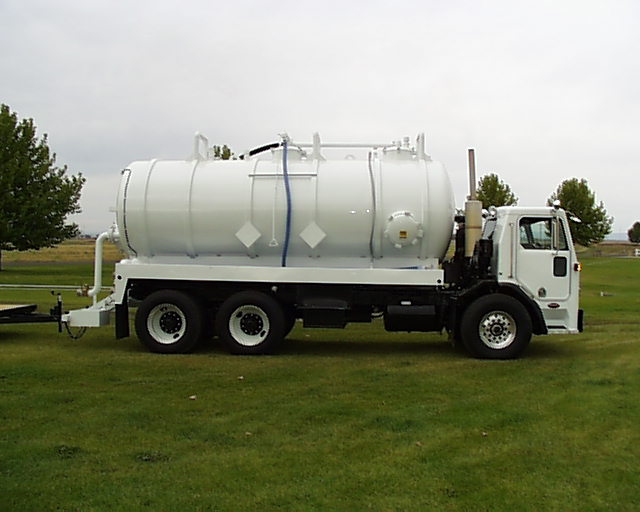Wal-Mart and The Minimum Wage
Apparently, though I can't dig up a link right this second, Wal-mart is putting its support behind a higher minimum wage. One way to look at this is a fairly cynical ploy to get the left off its back. After all, if Wal-mart's starting salary is $6.50 an hour (for example) it costs them nothing to ask for a minimum wage of $6.50.
A different, and perhaps more realistic way to look at this Wal-mart initiative is as a bald move to get government to sit on their competition. After all, as its wage rates creep up, as is typical in more established companies, they are vulnerable to competitors gaining advantage over them by paying lower wages. If Wal-mart gets the government to set the minimum wage closer to the wage rates it pays, it eliminates the possibility of this competitor strategy. Besides, a higher minimum wage would surely put more low-skilled people out of work, increasing the pool of people Wal-mart can hire (and please do not bring up the NJ convenience store study that supposedly shows that higher minimum wage increase employment - no one in their right mind really believes that demand for labor goes up when the costs go up). I am not sure what the net effect on Wal-mart's customers would be -- some would have more money, from higher wage, and some would have less, from fewer hours or due to being laid off.
I have defended Wal-mart in the past, but I am going to stop if they become the new auto or steel industry and use the government to protect their market position. Already they are losing my sympathy with their whoring for local relocation subsidies and eminent domain land grabs. I wrote on minimum wage from a small business perspective here.


